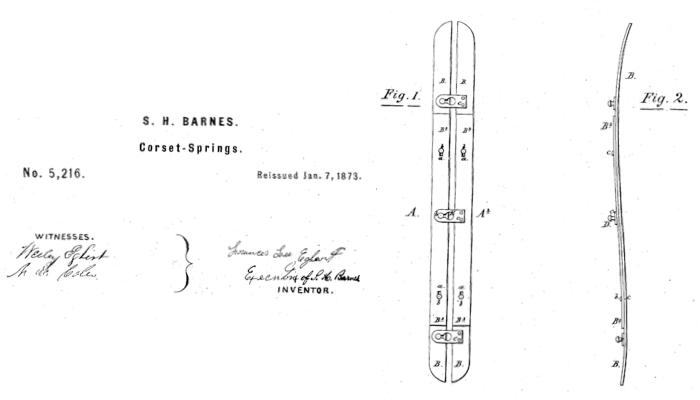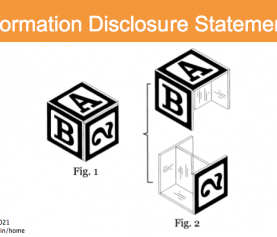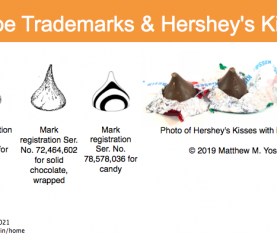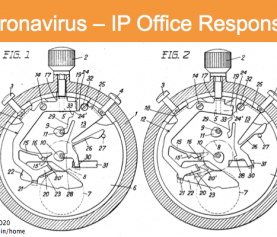Public Use of Inventions: the What, How, and Why (Not)
In the U.S., “public use” of an invention can block the inventor from being able to patent the invention. This “public use” bar can be applied broadly. If the public use was more than one year prior to a patent application (for that invention), the public use counts as prior art against the invention, making the invention not patentable. If you apply for a patent within this one-year “grace period” after public use, offer for sale, or disclosure, your public use (or offer for sale, or disclosure) doesn’t count against you as prior art.
Be aware that the one year “grace period” applies only to the U.S. – in most countries, an invention must be absolutely novel to be patent-eligible. That is, any public use, offer for sale, or disclosure (anywhere) will prevent you from being able to patent your invention (other than in the U.S.).
What is “public use”?
Public use is any non-experimental use of the invention by the inventor(s), or by someone to whom the inventor disclosed the invention. The public use exception is often described along with the “on sale” exception to patentability, and any other disclosure of the invention to the public, as “bars” to patentability because they end the ability to patent an invention. The law setting this forth is available at the Legal Information Institute, here, and at the USPTO’s site. I’m excerpting it here:
35 U.S.C. 102 (a) A person shall be entitled to a patent unless (1) the claimed invention was … in public use, on sale, or otherwise available to the public before the effective filing date of the claimed invention; [except that] (b) [a] disclosure made 1 year or less before the effective filing date of a claimed invention shall not be prior art to the claimed invention under subsection (a)(1) if (A) the disclosure was made by the inventor or joint inventor or by another who obtained the subject matter disclosed directly or indirectly from the inventor or a joint inventor…
In short, if you used or disclosed your invention, you can’t patent it, unless your use or disclosure was followed by your patent application within one year.
How broadly is “public use” construed?
Very broadly. Any use of the invention in public counts as public use (unless it is experimental, to test or refine the invention). This includes uses of the invention that are never seen in public. Just how “never seen”, you ask? A foundational case answered this question in 1881, in a case about an invention of improved springs for corsets. The invention was made in 1855, and the inventor did not apply for a patent until 1866 (you can see the patent here; the image with this post is that patent’s illustration). During those 11 years, the girlfriend (later wife) of the inventor used corsets made with those springs. She used them in public, of course, but even though the corsets were never shown to the public or seen in public, and the springs inside those corsets would not have been visible even if the corsets were seen, the Supreme Court held that this was public use (the case was Egbert v. Lippmann, 104 U.S. 333 (1881)).
What should you do if you’ve used, offered to sell, or disclosed your invention?
Given how widely “public use” is interpreted, as well as the related on-sale and public disclosure bars to patentability, you should be very careful about disclosure, sale, or use of your invention or a product based on your invention until you have filed a patent application. For instance, offering a product based on your invention for sale online can count as “on sale”. Releasing your app to an app store or online marketplace can count as “on sale” or “public use”, to the extent the app implements your invention. (Remember that this analysis applies only to the U.S. – to apply for patent protection in most other countries, you must not have disclosed or used the invention at all.)
If you have used, offered to sell, or disclosed your invention, or are considering doing so, you should speak to a patent attorney immediately about filing a patent application.
Are there other risks of public use of an invention without a patent application?
Yes! Among other risks, because the U.S. has a first-to-file system (as do most other countries), another inventor – perhaps inspired by your public use or disclosure of your invention – could file a patent application that blocks you from patenting your invention, or that blocks you from patenting a great variation or workaround on your invention. There are costly risks to using, offering to sell, or disclosing your invention before you’ve filed a patent application.
Have questions?
Do you have questions? Agree or disagree? I’d be glad to hear from you in the comments. Call me at 617-340-9295 or email me at my Contact Me page. Or, find me on Twitter, Facebook, Google+, LinkedIn, Google Local, or Avvo.






